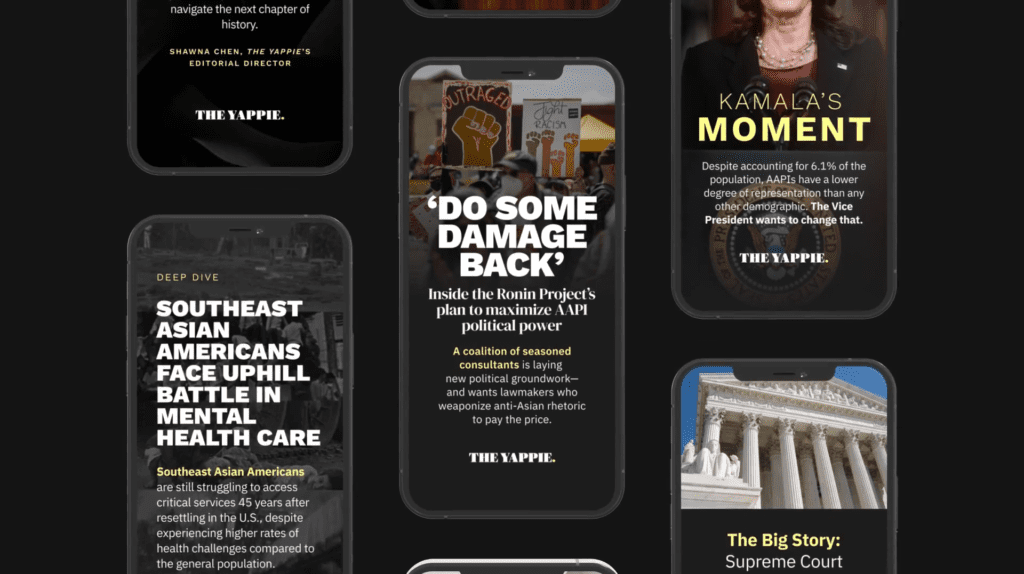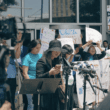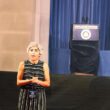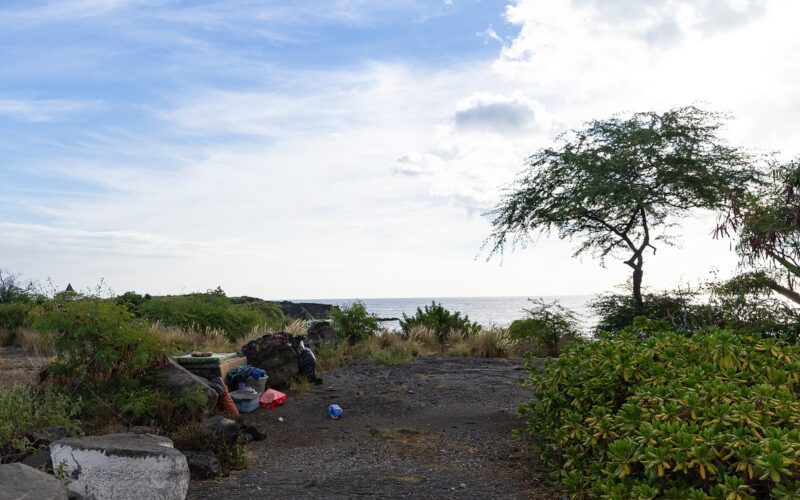Good morning, and welcome to The Yappie’s AAPI politics briefing — your guide to the policy news and activism affecting Asian Americans + Pacific Islanders. Send tips and feedback to [email protected] and support our work by making a donation.
— Edited by Shawna Chen
Pulse
Despite remaining an overlooked crisis in mainstream media, growing rates of homelessness are disproportionately affecting Native Hawaiians and Pacific Islanders, who face unique challenges as Indigenous and largely colonized peoples, according to a new report from the National Alliance to End Homelessness.
Native Hawaiians and Pacific Islanders (NHPI) have the highest rates of homelessness compared to any other racial group—121 out of every 10,000 people experienced homelessness as of 2022.
- NHPIs recorded a 19% increase in homelessness between 2020 and 2022, per the Department of Housing and Urban Development (HUD).
- In Hawai‘i, as in many other states, they remain disproportionately represented in the unhoused population—with Native Hawaiians in particular struggling with ever-increasing tourism, gentrification, costs of living, and American militarization.
A case study: The deadly Maui wildfires that occurred back in August only exacerbated the crisis, displacing thousands of Hawai‘i residents from their homes and razing Native Hawaiians’ ancestral homelands, Honolulu Civil Beat’s Stewart Yerton writes.
- “For individuals and families in our shelter that have a history of homelessness, I think there might be a sense [that this] just couldn’t make it harder for [them] to find a home now,” Ka Hale A Ke Ol shelter programs director Kurt Schmidt told Time’s Solcyre Burga at the time.
- Meanwhile: Hawaiian Electric—which has acknowledged blame for one of the two fires that broke out—remains severely underinsured to compensate victims, claiming it only has $165 million out of the potential $5 billion the company would be responsible for if found liable, Washington Post’s Brianna Sacks reports.
- The sequence of events reinforced calls for Native Hawaiian sovereignty as state and federal governments lagged in providing aid. The community also stepped up to organize relief for its own, Reis Thebault notes in a separate piece for Washington Post.
The Maui wildfires caught national attention, but it’s part of a larger pattern in which climate disasters worsen inequities among NHPI communities.
- Don’t forget: Typhoon Mawar’s destruction across Guam is another recent incident that compounded housing, food access, and health disparities among Pacific Islanders.
- “The outcomes of major disasters are nearly always inequitable, which increases the vulnerability of those who struggled before the disaster and often displaces large portions of communities—as disasters become more frequent and severe, it is more important than ever to determine what can be done to promote more just and equitable disaster recovery,” Alessandra Jerolleman, an emergency management professor at Jacksonville State University, wrote in a 2019 analysis for the Natural Hazards Center.
On our radar: Many NHPI communities have taken things into their own hands by setting up traditional cultural models of communal housing.
- Native Hawaiians have also doubled down on demands for the return of ancestral homelands amid fear of land grabs after the fires, Reuters’ Andrew Hay and Liliana Salgado reported in late August.
Of note: 71% of NHPIs received assistance through HUD's Housing Choice Voucher program in 2022 compared to about half of Asian Americans.
AAPI Nation
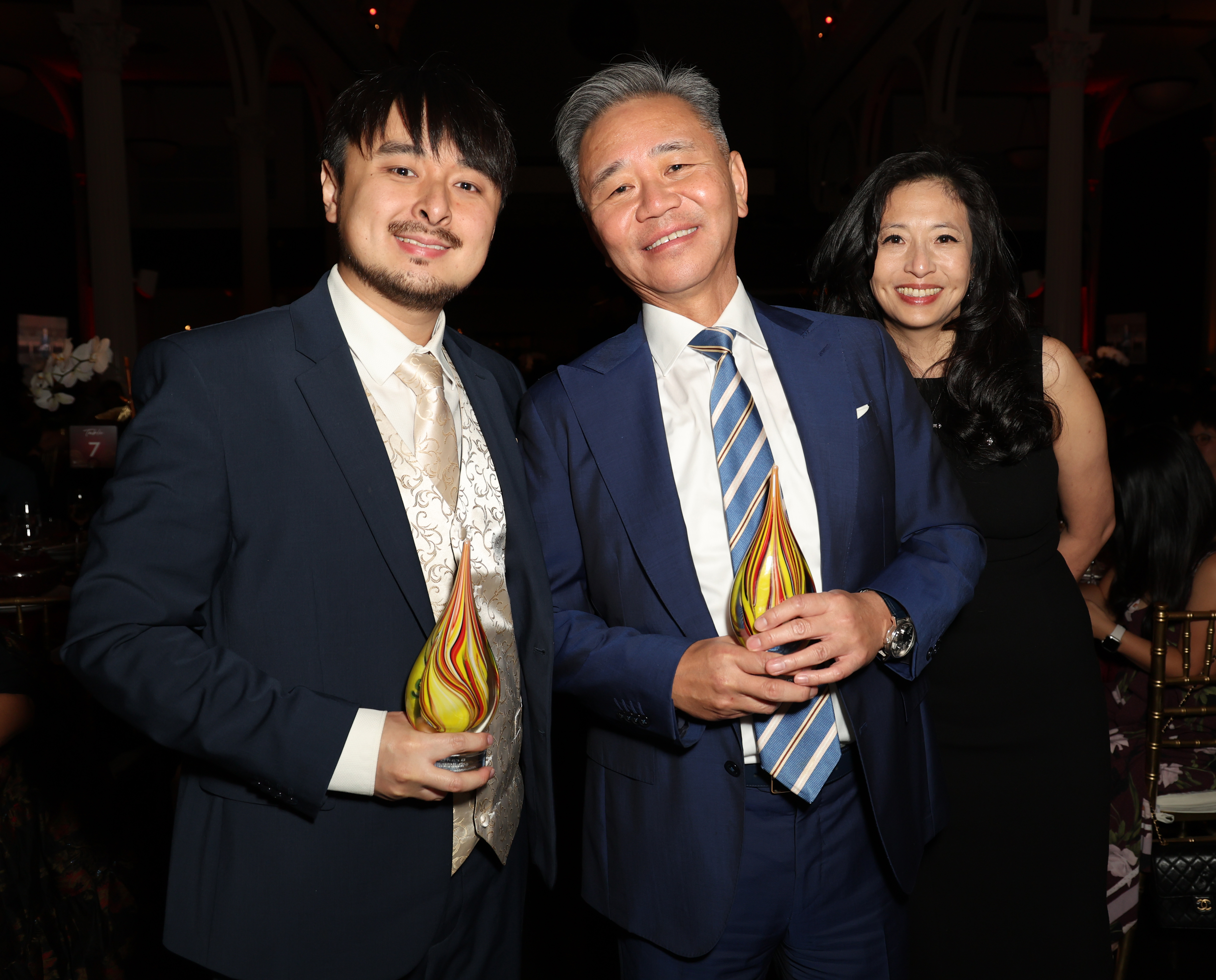

Here's what else is happening across America…
🎖️ Community hero Brandon Tsay and Rep. Judy Chu (D-California) were among those honored at Asian Americans Advancing Justice Southern California’s 40th anniversary gala last week, San Gabriel Valley Tribune’s Allyson Vergara writes.
- Tsay, who disarmed the gunman responsible for the Monterey Park shooting in January, was recognized with the 2023 Joseph Ileto Courage Award. Chu, who chairs the Congressional Asian Pacific American Caucus, was presented the Ruby Hero Award for her longtime leadership in the AAPI community.
🌊 Hōkūleʻa, a legendary Hawaiian canoe famous for reviving Polynesian voyaging and navigation, will be making several stops along California’s coast for the first time in 28 years. The route is part of the Moananuiākea Voyage, a cultural initiative focused on highlighting the importance of oceans and Indigenous knowledge of the waters.
❗️ A new study has found that Republican-majority states—including West Virginia, Iowa, South Carolina, Ohio, and Wisconsin—display greater stereotyping and biases against Asian Americans, NextShark’s Michelle De Pacina reports.
📈 Indian Americans now comprise the largest Asian American group in the U.S., Axios' Niala Boodhoo reports. Since 2010, there has been a 37.2% increase in Americans who consider their racial origin as solely Indian.
- This change is significant as it “flies in the face of what people stereotypically think of as the quintessential Asian—their default image of someone who is Asian is East Asian,” political scientist Karthick Ramakrishnan said.
- Still: Nearly 80% of Asian Americans feel that they don’t belong.
✝️ Christianity is still the most common religion among Asian Americans despite recent declines—with 34% of Asian American adults identifying as Christian, a new Pew Research Center report finds.
- Filipino and Korean Americans are especially likely to identify as Christian.
The Yappie is your must-read briefing on AAPI power, politics, and influence, fiscally sponsored by the Asian American Journalists Association. Make a donation, subscribe, and follow us on Twitter (@theyappie). Send tips and feedback to [email protected].




